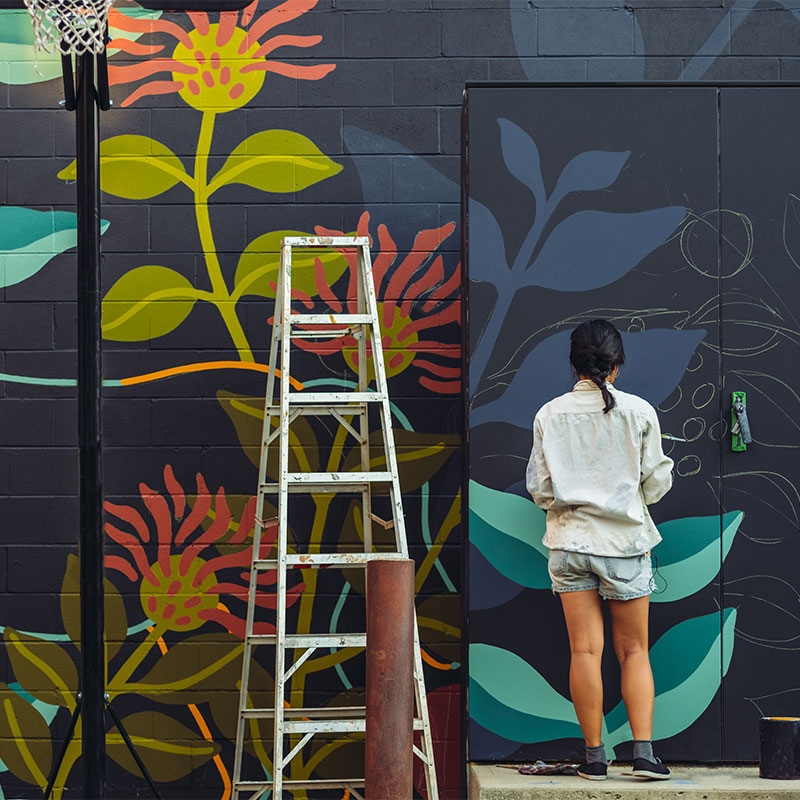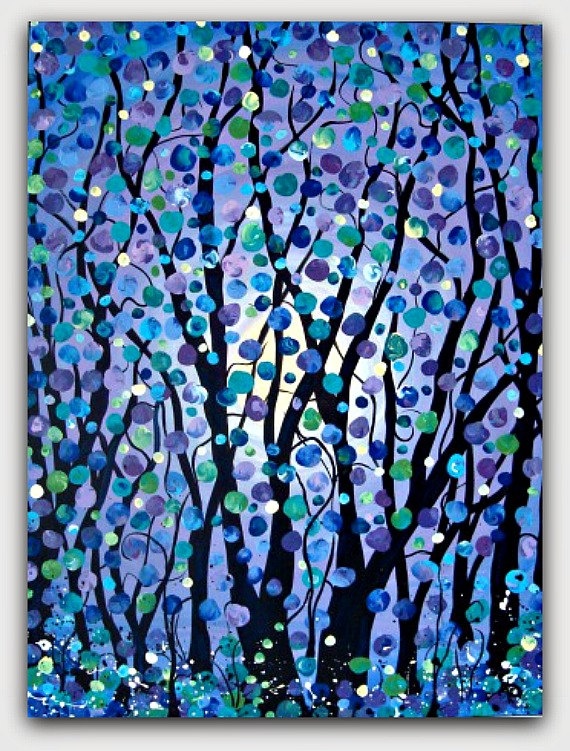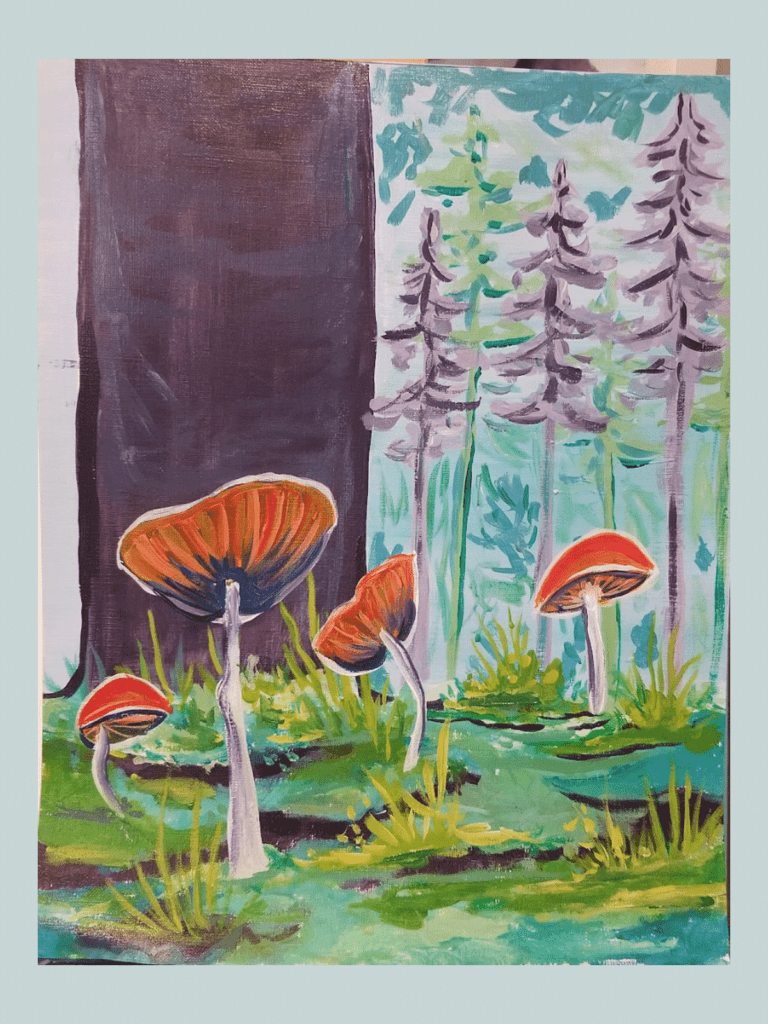Painting: Unleashing the Artist Within

Source: princetonpainters.net
"A picture is a poem without words." – Emily Dickinson
Imagine a blank canvas, a palette brimming with vibrant hues. What stories do you see? What emotions bubble up? This isn't just about paint; it's about unleashing a part of you, a creative soul hidden within. Painting, my friends, is an adventure. It's messy, thrilling, and absolutely rewarding.
Different Ways to Dive into Painting
Exploring Techniques
- Acrylics: Fast-drying, vibrant colours, and easy to work with, even for beginners. (Perfect for experimentation!)
- Oils: Rich colours, but slower to dry, allowing for blending. (Ideal for detailed work and intricate layers.)
- Watercolors: Delicate washes, sheer beauty, and wonderful for landscapes. (Magic on a canvas!)
- Gouache: More opaque than watercolor, but looks great even in a cartoon style. (Playful for creating vibrant imagery!)
Comparing Different Paints
| Feature | Acrylics | Oils | Watercolors | Gouache |
|---|---|---|---|---|
| Drying Time | Fast | Slow | Very Fast | Medium |
| Opacity | High | Medium | Low | Medium-high |
| Clean-up | Easy | Difficult | Easy | Easy |
| Versatility | Great | Excellent | Amazing | Good |
Questions to ponder: Which type speaks to you the most? What kind of artwork do you wish to create? Take your time, and allow the answer to emerge naturally.
Choosing Your Canvas
- Standard Canvas: Best for starting. Easy to handle and understand.
- Wooden Panel: A durable choice if you prefer more sturdy canvases.
- Paper: Especially for watercolors, this offers fluidity.
Mastering the Basics of Composition

Source: boredart.com
"Art washes away from the soul the dust of everyday life." – Pablo Picasso.
Understanding composition is a significant step towards painting beautifully, like weaving a story. Think of it like storytelling using colours. Here's how to grab attention and create the narrative on your canvas:
The Rules of Composition: A Concise Guide
- The Rule of Thirds: Divide your canvas into thirds, both horizontally and vertically. Place important elements at those intersection points. This guides the viewer's eye and gives your work better structure.
- Leading Lines: Lines (straight, curved or even diagonal) within the painting direct the eye from one place to another within the work.
- Positive and Negative Space: Understanding and balancing positive and negative space is about creating the most meaningful visuals possible on the canvas. (Empty space is not "empty"). It has purpose, even in the gaps.
Experimentation and Self-Discovery
- Free-style sketches: Don't restrict yourself. Play around! Sketch out your own experiences and observations around you. (This really works!)
- Exploring Colour: Experiment! Paint happy, energetic paintings. Dive into dark, eerie works, and blend those emotions and stories into the painting (paint a portrait, paint a view!). Use quotes! Find quotes. Include those. Make it human! It feels like it helps your work grow. Find quotes about paintings! People paint and include sayings like these within their work.
My Painting Journey
I started by copying paintings I loved. I still recall that amazing experience – I didn't understand techniques and just tried! After years I saw I started noticing colours and composition, and I understood my love for this activity. This art practice of "just trying" changed my world completely.
Personal Reflections:

Source: cloudinary.com
It all begins with the smallest effort. Your inner voice whispers about creating your very own amazing and individual painting world and the unique journey. Just go. Experiment and find out what works best for you. Try this approach with whatever topic. Just paint with joy! Try it out, use quotes, stories, what comes to your mind. It will naturally become the flow.
Inspiring Artists
Review 1: "Wow, I loved the bold colours and energy of that artwork you showcased last week," said a young fellow admirer of my painting.
Review 2: "The story within your strokes has me thinking – It captures feelings and sensations! Wonderful work, dear artist," someone in my local painting circle wrote on my Facebook art post.
Other Inspirations:
I learned a lot from observing the famous Renaissance paintings. They're simply awe-inspiring.
- Vincent van Gogh: A name that almost magically calls up emotions.
- Claude Monet: Captures light and colours as I can hardly put into words!
- Salvador Dalí: This one is bold.

Source: paintandsipvt.com
Remember, a canvas, for many artists, becomes their private meditation space; the canvas turns into a stage! This kind of passion is infectious. The next time you are facing the blank canvas – remember this! Painting is much about expressing yourself and about allowing yourself to dream!
Painting as a Means to Wellbeing
Painting, like other creative activities, allows one to disconnect from their immediate issues. Many describe this feeling of releasing worries from within as very uplifting. The way your hands glide through the painting will give the chance to truly release pressure you're carrying within. Think of the wonderful emotions such as pride or contentment which accompany completion and showcasing the work. This will be inspiring. (For further resources, research the therapeutic benefits of visual arts).

Source: hebstreit.com
A Beginner's Guide to Starting Now
Start by finding a simple object you love – a flower, an animal, or a person. Try observing it closely and drawing some quick sketches – these would turn into fantastic inspiration and ideas! Once your heart, senses, and hands come into play, you can move onto making a real painting! This journey allows a lot of freedom. Remember there is no right way!
